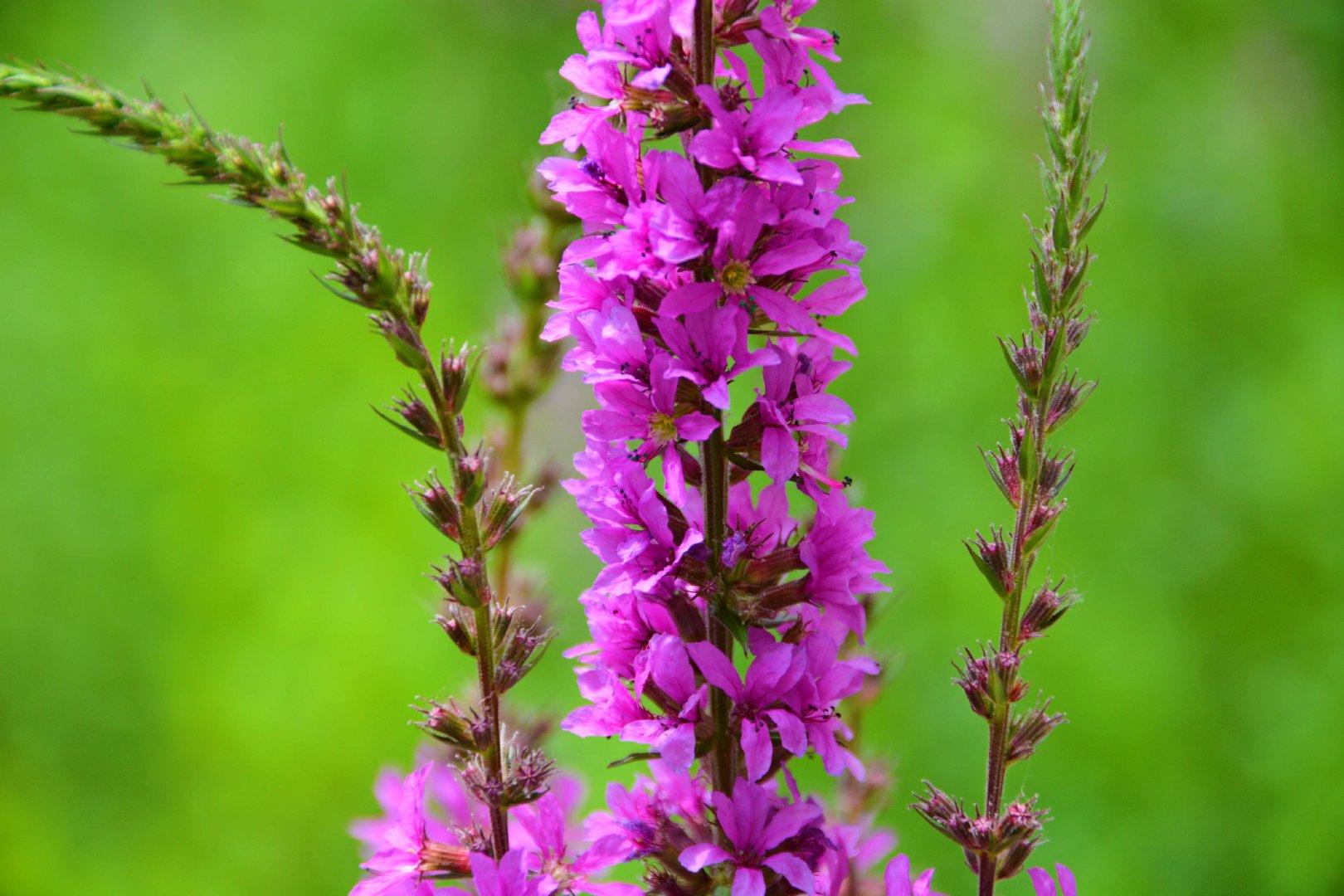Anacampserotaceae is a small flowering plant family that contains only three genera and around 50 species. However, what’s interesting about this family is that its members have been used for centuries in traditional medicine to treat various ailments. One genus in particular, Anacampseros, has a unique story. The plant earned its genus name from the Greek words “anakampto” meaning “to recurve” and “seros” meaning “late.” This is because the flowers of the Anacampseros only open late in the afternoon. Additionally, legend has it that Ancient Greeks would make a juice from the plant and drink it before battle to increase bravery and courage. Today, Anacampseros is more commonly used as an ornamental plant.
Picture
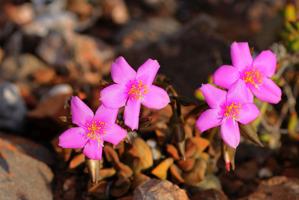
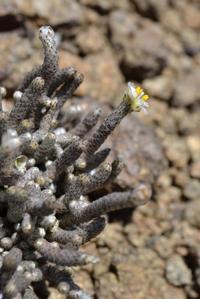
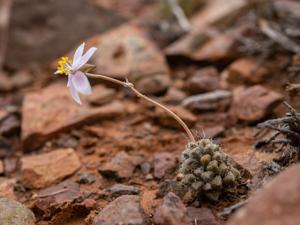
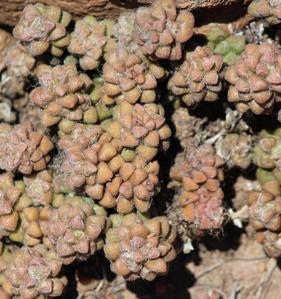
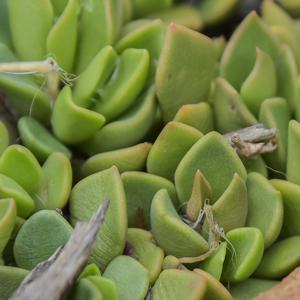
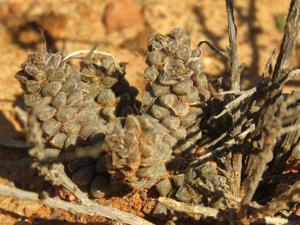
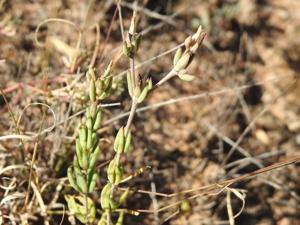
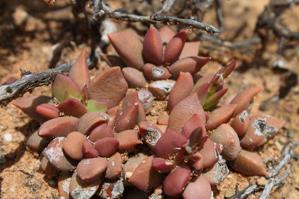
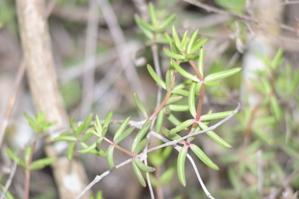
Plant some seeds now!
Short Description
The Anacampserotaceae are a family of plants proposed in the February 2010 issue of the journal Taxon. The family was described by Urs Eggli and Reto Nyffeler in their analysis of the polyphyly in the suborder Portulacineae (order Caryophyllales). The new family and its circumscription was based on molecular and morphological data. The three recognized genera – Anacampseros, Grahamia, and Talinopsis – were formerly placed in the Portulacaceae and comprise a total of 36 known species. This family was accepted in the Angiosperm Phylogeny Group’s 2009 publication of the APG III system.


